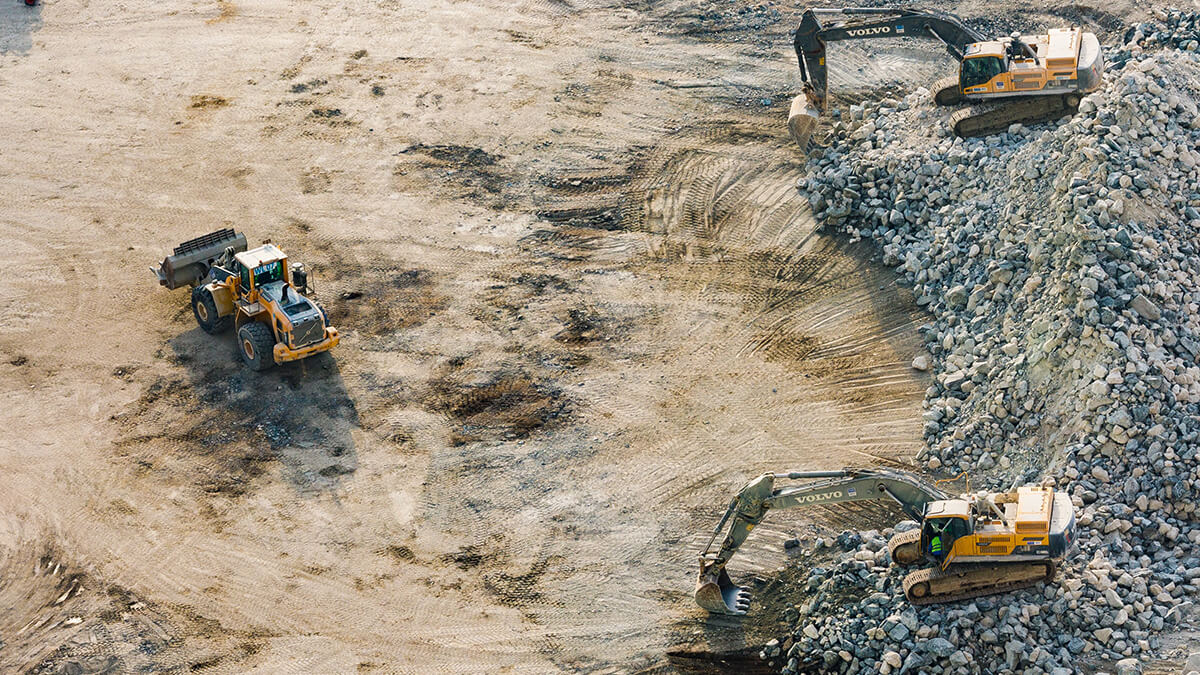Boosting the Signal
Boosting the Signal
Sudbury-based mining asset management company Symboticware is taking asset tracking to the low earth orbit (LEO). In March, the company announced a partnership with Swarm, a SpaceX subsidiary, to create an asset performance management platform that will be accessible from anywhere around the world. Swarm provides low-cost and low-bandwidth connectivity through its constellation of very small satellites in low orbit.
Symboticware CEO Ash Agarwal said the partnership will give miners globally the ability to keep track of their fleets, improve their performance and employ predictive maintenance, even without access to reliable internet or cell service. According to Symboticware, less than 10 per cent of the earth’s surface is covered by cellular networks, leaving mining and other industrial sites – particularly those that operate in ultra-remote regions of the world – in the dark.
“Ninety per cent [of mines] don’t have reasonable bandwidth,” he said. “And when it comes to assets across a mine, if you want to track machines and optimize performance, the only way to do that is to connect with machines. If you’re not measuring, you’re not managing. But most mines don’t even know where their machines are.”
Agarwal said the new platform, based on Symboticware’s 4-Sight.ai asset management program, was designed to be lower-bandwidth, as the satellite network is currently not as strong as a cellular connection. The company developed a compression algorithm so that when equipment data is transmitted from a truck or load-haul-dump to the platform, to eventually be viewed by someone in an office, the “package” it is sent in is significantly smaller than what could be transmitted by cell service – essentially like a zip file.
The company also had to contend with the reality of the existing LEO constellation, Agarwal said. Currently, Swarm has 160 commercially available satellites orbiting the Earth. That means that as of this writing, a satellite will pass over wherever you are at intervals. For miners, data transfer between their equipment and Symboticware’s platform can only occur when a satellite is overhead. Agarwal said the company had to optimize the way it collected and transmitted data from equipment to share only “calculated inputs,” or the change in a machine between two points in time.
However, that will soon change. Swarm is continually launching new satellites throughout the year, and Agarwal said the time between satellites appearing overhead will shrink to reduce the latency enough to allow mining companies to do more continuous monitoring of their machines.
The impact for mining companies could be significant, Agarwal said – including more proactive maintenance to prevent downtime, improved worker safety and the opportunity to optimize fuel consumption, reduce idling and cut down their greenhouse gas emissions. “It really prepares mining for the future because now we live in an environment where mining will have to happen in more and more remote locations, where no infrastructure exists, and there are prohibitive barriers because the investment cost in [communications] infrastructure is so huge,” he said.
Source: CIM Magazine
May 2023
